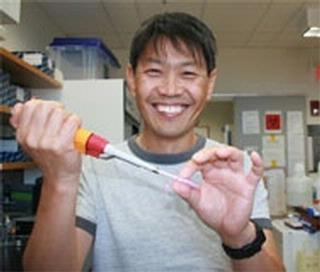Injecting drugs is one of the main ways people become infected with HIV in the United States. It is also the main way of becoming infected with the hepatitis C virus (HCV). Injection drug users (IDUs) become infected and transmit the viruses to others through sharing contaminated syringes and through high-risk sexual behaviors. Now a new study published in the American Journal of Public Health offers evidence that proximity to legal syringe exchange programs and pharmacies selling over the counter syringe plays a role in reducing the risk of HIV and Hepatitis C transmission in the U.S.
In a longitudinal study, Hannah Cooper, ScD assistant professor in the Department of Behavioral Sciences and Health Education at Emory University’s Rollins School of Public Health and colleagues studied the behaviors of more than 4000 drug injectors from across 42 New York City health districts beginning in 1995 to 2006. The scientists set out to determine if the relationship of spatial access to syringe exchange programs and pharmacies selling over-the-counter syringes affected the likelihood that local injectors engaged in less HIV risk behaviors.
“It is a well-established fact that syringe exchange programs reduce HIV and related risk behaviors among injection drug users. Here, what we find is that proximity to a syringe exchange program is a powerful determinant of whether injectors inject with sterile syringes,†says Cooper.
The CDC estimates an individual injection drug user injects as many as 1,000 times a year. This adds up to millions of injections across the country each year, creating an enormous need for reliable sources of sterile syringes. Syringe exchange programs provide a way for those IDUs who continue to inject, to safely dispose of used syringes and to obtain sterile syringes at no cost. Many U.S. cities have just one or two syringe exchange programs, but Cooper and her team found IDUs with access to these services in their local neighborhoods were more likely to inject with sterile syringes.
“Our findings suggest that having a syringe exchange program in your neighborhood matters. We need to dramatically scale up the number of syringe exchange programs operating in U.S. cities to increase the number of injectors who live near such a program,†says Cooper.
















